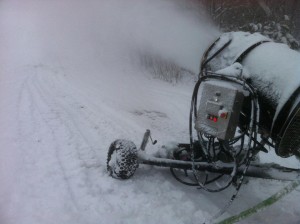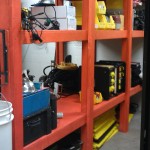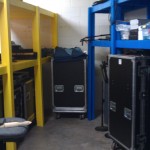Those in leadership roles may argue that the work they do is not “routine,” that their day-to-day work can not be made standard. However, in Lean practice, all work can be highly specified and standardized. Leadership Standardized Work (LSW) is a developed practice leaders use to create specific content, sequence, timing, and outcomes for the work they do. In simplistic terms, it is a checklist for daily, weekly, monthly, annual leadership activities. I am beginning my personal journey to develop LSW for my work. I am very new to this practice and I will be learning along the way. Here is what I am doing this week, Week 1:
- I am currently tracking what I do each day, down to 15 minute increments. Today is day 3. This will give me an idea of how I currently use my time.
- I am also keeping a list of deliverables that I need to do each day, week, month, quarterly and annually. For me, this includes things such as the quarterly Lean Overview presentations for employees, Board of Control reports, monthly Facilitator Meeting, leading Staff Council Meetings, daily group-ups…I will stop there, you get the idea.
- Job reflection: What is the purpose of my job? What can I continue doing, begin doing, or do more of (to do my job well). Where is the “waste” in my work?
My plans for the next step: I will use my findings to begin drafting my LSW checklist. Check back in a few weeks for an update!
-Wendy


